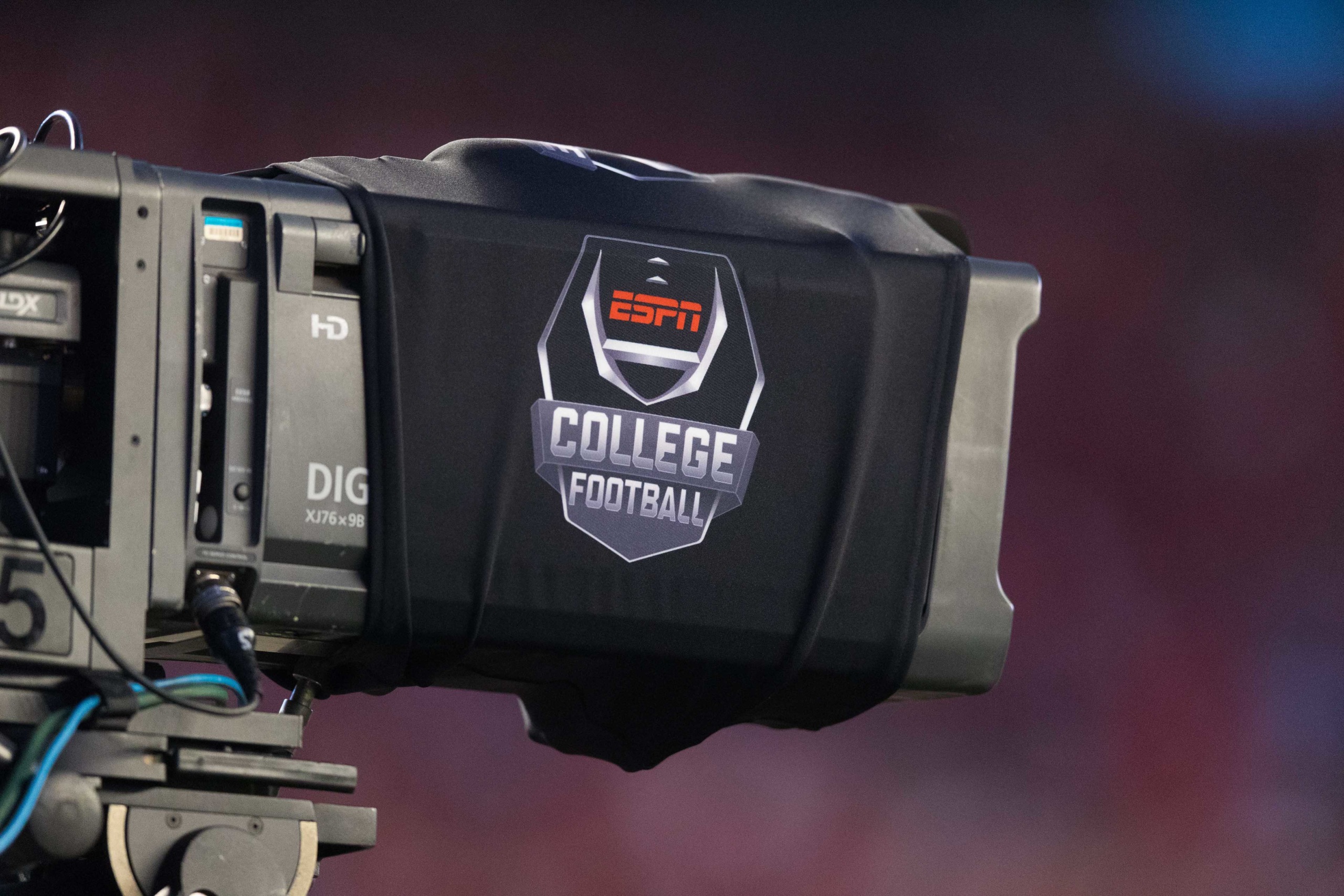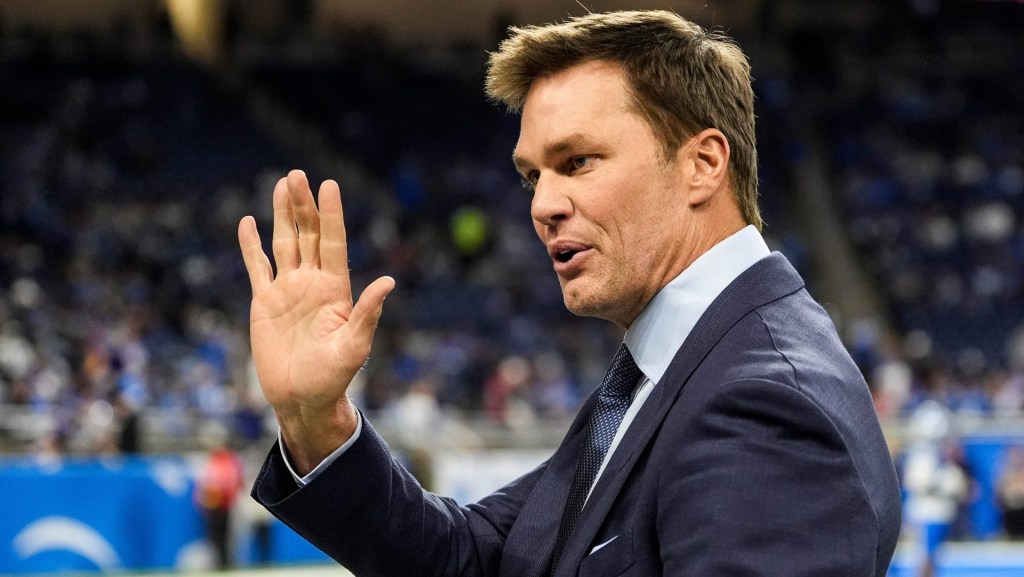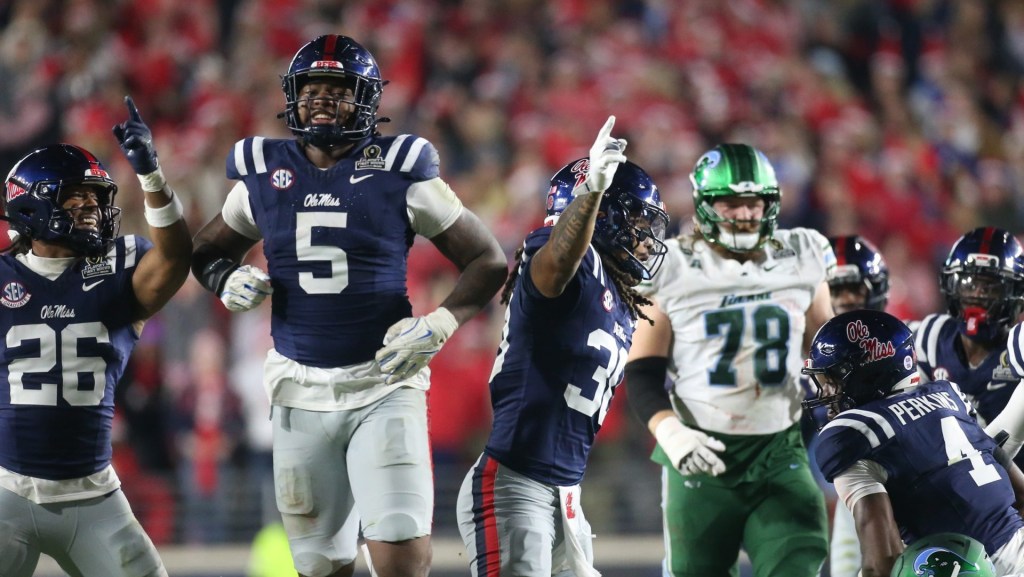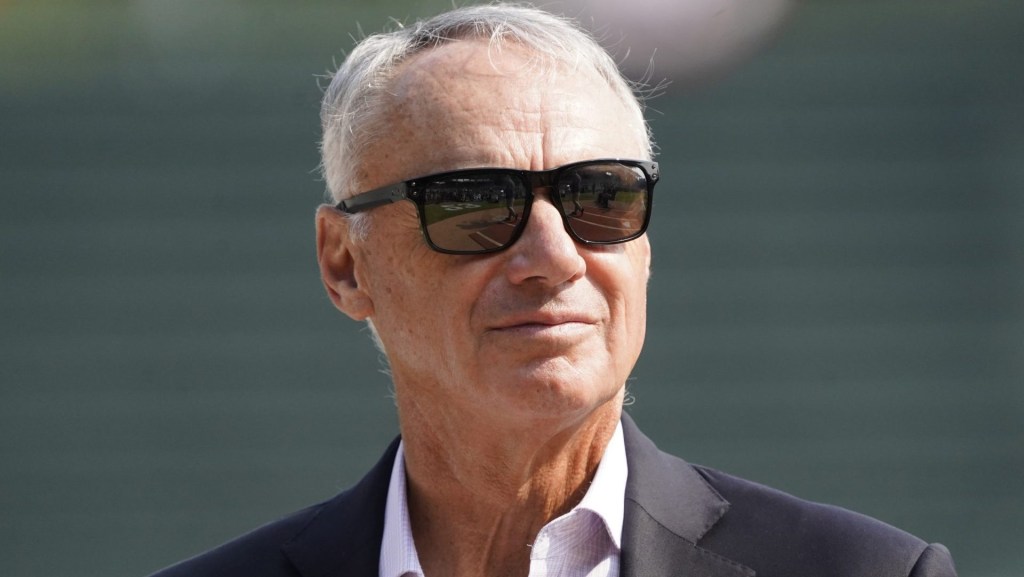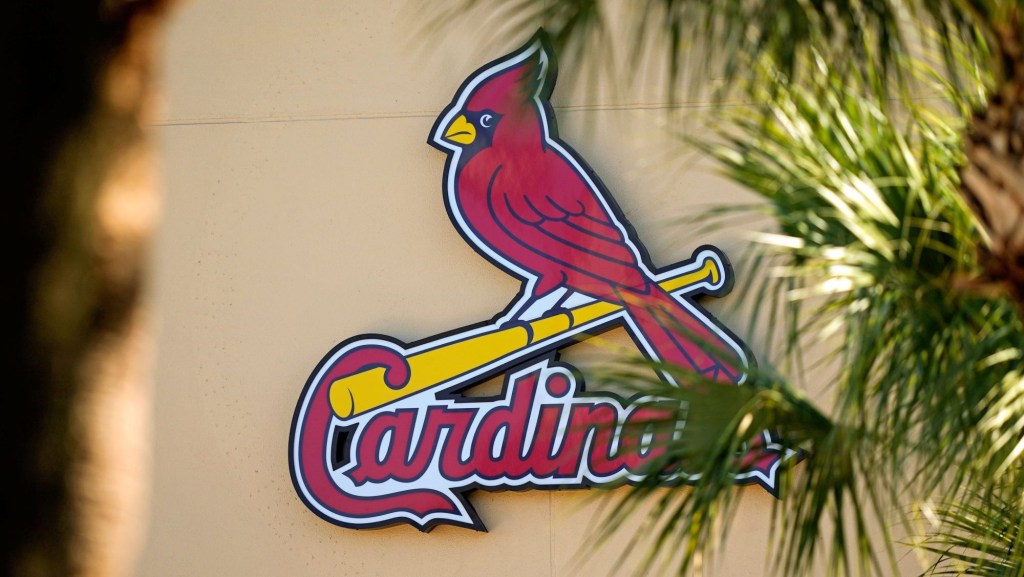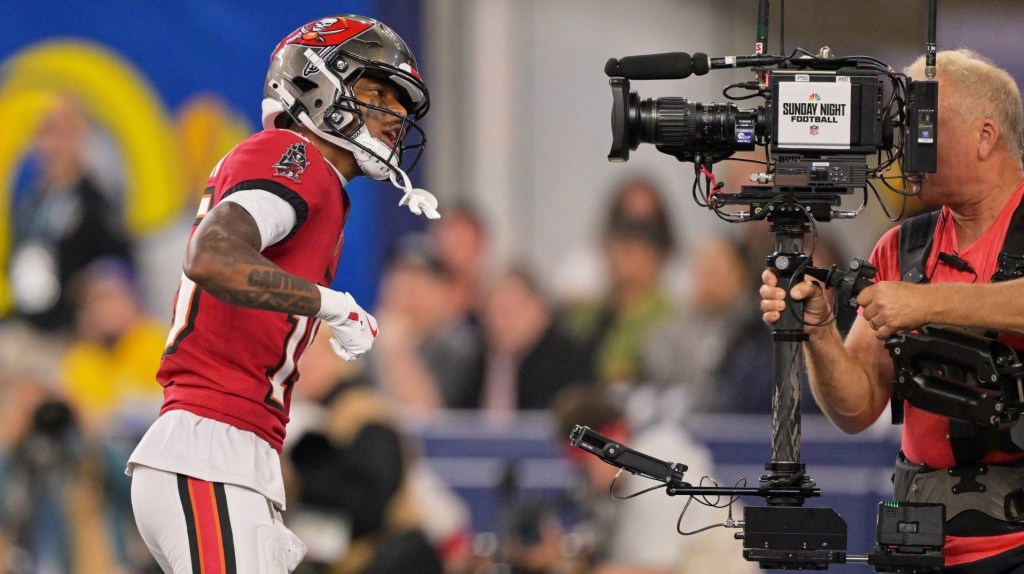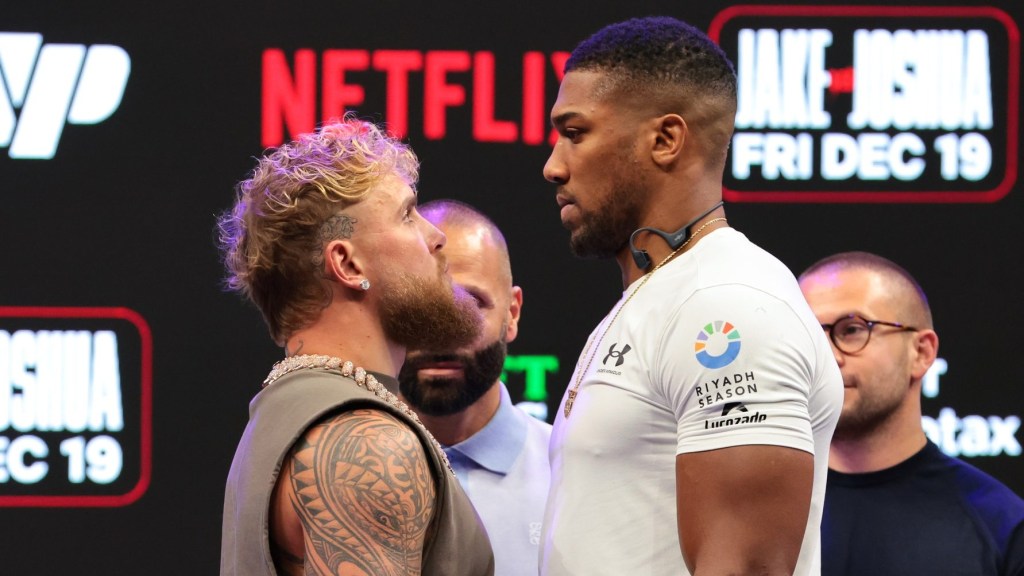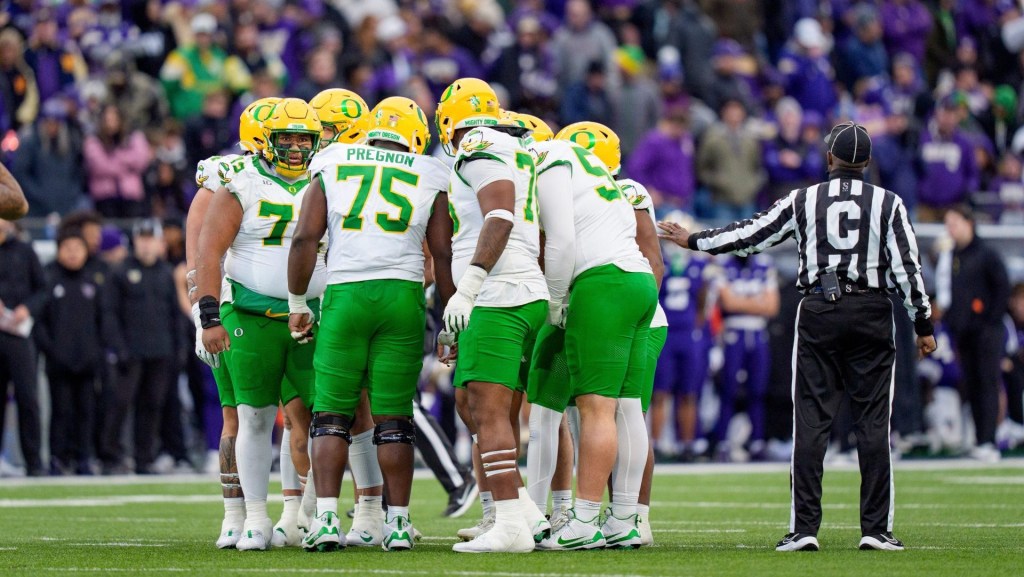Editor’s Note: This story has been updated since it was published to reflect that FuboTV will now cost subscribers $60 for base plans while YouTube TV will charge $65. A previous version of this story said they would both cost $65.
It comes as little surprise that multichannel video streaming services FuboTV and YouTube TV have increased monthly subscription prices again. The additions of pricey content packages from ViacomCBS and Disney warrant those hikes, experts say.
But consumers may soon catch on to cable streaming platforms not offering the same cost reductions that drove cord-cutters to them in the first place. Both YouTube TV and FuboTV charged anywhere from $35 to $45 for base packages in 2017. FuboTV will now cost subscribers $60 for base plans while YouTube TV will charge $65.
“The idea that these offerings were going to be cheap services down the line was unrealistic,” Dan Rayburn, principal digital media analyst for North America at Frost & Sullivan, said. “Content licensing costs are so high, and it’s exactly why PlayStation Vue ultimately shut down.”
Even after canceling traditional cable subscriptions, OTT customers are required to hold on to Internet services to stream digital offerings – making some existing cable double and triple-play bundle promotions cheaper to the consumer, Rayburn added.
Meanwhile, companies like Sling TV that have been able to keep costs down for the customer do not offer as much content as competitors. Sling TV base packages remain at $30 per month, but lack local broadcast networks such as CBS, ABC, and Fox.
“It’s a cost versus quality trade-off. If you license a lot more content, that means you have to raise prices,” Rayburn said. “Consumers, at some point, no matter what the content on a service is, will say enough is enough.”
In a blog post, YouTube TV said it anticipates some of its customers may choose to pause or cancel memberships. The OTT platform is also “working to build new flexible models,” it wrote, possibly hinting at a tiered-pricing model for families.
“We don’t take these decisions lightly, and realize how hard this is for our members,” the company wrote. “That said, this new price reflects the rising cost of content, and we also believe it reflects the complete value of YouTube TV.”
FuboTV’s price increase announcement on July 1, less than 24 hours after YouTube TV’s, also came days after the OTT cable provider struck a deal with Disney Networks to add ESPN, Disney Channel, Freeform, FX, and National Geographic. The company has also dropped Turner Networks to balance costs.
“Sometimes, to help us bring you new channels at the best value, and to deliver premium features like live sports in 4K, we need to remove other channels and adjust subscription prices,” FuboTV said in an email to subscribers.
READ MORE: Barstool’s Recipe For OTT Success: Sports Betting And Fun Video Content
Both companies last increased prices in the spring of 2019. And like market competitors Sling TV, Hulu TV, and AT&T TV, both are attempting to steal more customers away from legacy cable companies. The current market leader is Hulu TV, with 3.3 million subscribers as of March 2020. Comcast, the largest cable company in the U.S., has more than 20 million cable-only customers.
Experts note that the number one reason consumers continue to pay for cable or streaming services remains live sports. And while it’s not ideal to increase pricing while chasing new customers, demand from sports fans has undoubtedly grown the amounts paid for distribution rights.
“Rights acquisitions over the last five to 10 years have skyrocketed, and that has increased on the basis that the people buying those rights are confident that there’ll be constant and ever-increasing demand for it,” Kevin Cochrane, director of EMEA business development at Tata Consulting Services, said.
That demand, however, may be halted if the world does enter into a recession due to the coronavirus pandemic, Cochrane said.
He predicts that in the short-term, demand for live sports will continue. But as prices for streaming and broadcast rights rise, customers’ willingness to pay for costs passed down to them will dissipate. This will lead to companies wanting to renegotiate deals, similar to DAZN in Europe, or drop sports properties altogether.
“Broadcasters pay for content based on demand from subscribers,” Cochrane said. “You’re going to see a real hit on people’s consumer spending, and people are going to have to prioritize. Paid for TV subscriptions are probably going to be a casualty of that.”
